While the Scotch is sound enough to appear at the top level, it hides some nasty traps that can punish unprepared opponents, especially in rapid and blitz games. Most of the traps in the Scotch are not well-known.
Historically, the Scotch remains one of the most respected openings for white. It is one of the few classic openings that strike in the centre, leading to rich and open positions.
Garry Kasparov famously revived the Scotch opening in the 1990s. He played it with outstanding success as his primary weapon.
Let’s go through three of the most popular traps to know in Scotch.
What is the Scotch Opening?
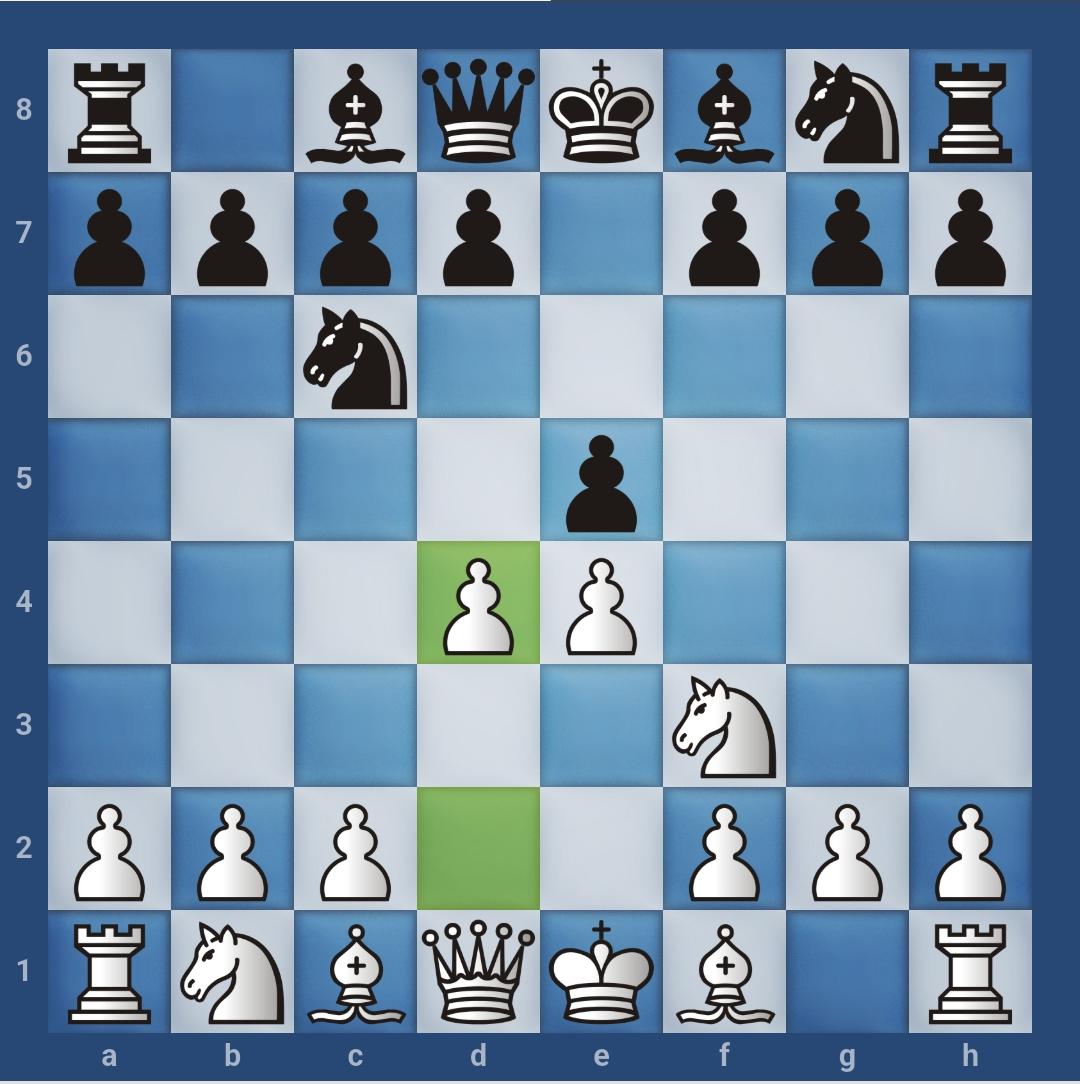
The Scotch Game begins with
- e4 e5
- Nf3 Nc6
- d4
White strikes immediately for centre control. The opening received the name ‘Scotch’ because it was seen in a correspondence match between the Edinburgh and London Chess Clubs in 1824.
Trap #1 in the Scotch Opening: Win a Piece on Move 6
This trap directly arises from the main line of the Scotch opening.
After 1.e4 e5 2.Nf3 Nc6 3.d4 exd4 4.Nxd4 Bc5 5.Be3 Nf6?? Black seems to develop logically, but in reality, they have stumbled straight into disaster.
Moves Leading into the Trap
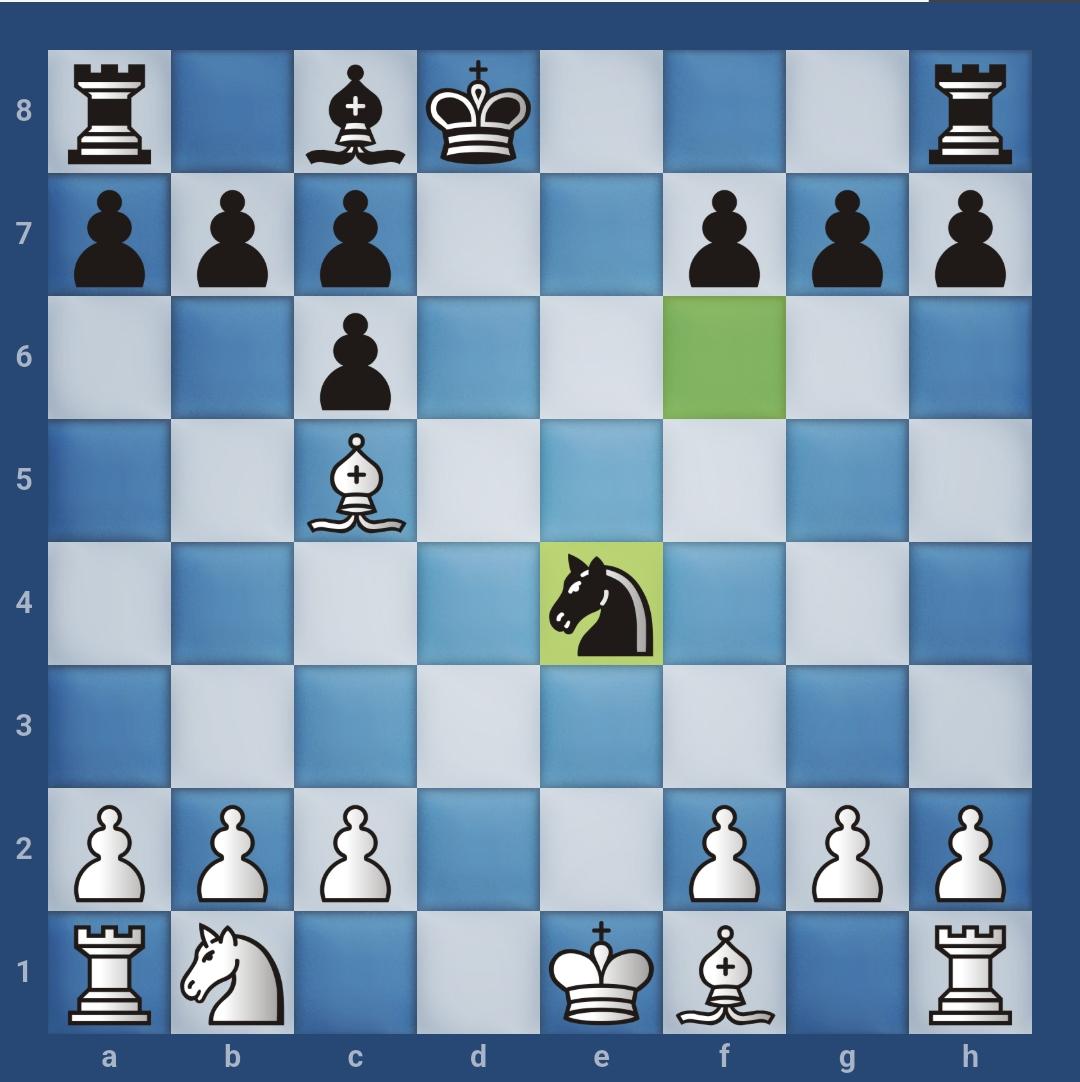
Why This Trap Works
- Not Obvious and Easy to Fall into: It is a simple but deadly trap that teaches basic chess principles. Before developing, always check for loose pieces and overloaded defenders—especially in a sharp opening like the Scotch.
- Tactical Oversight: Neglecting piece coordination and overloading the king’s defence leads to immediate punishment. The seemingly obvious move, Nf6, disconnects protection from c5, allowing white’s tactical shot with Nxc6.
Trap #2 in the Scotch Opening: The Scotch Gambit
The Scotch Gambit remains one of the most aggressive lines in the Scotch opening.
Instead of recapturing a gambitted pawn, white goes for rapid development and early attack against the sensitive f7-square.
The Scotch Gambit leads to open positions full of tactics and is an excellent choice for faster time-controls like blitz and bullet games.
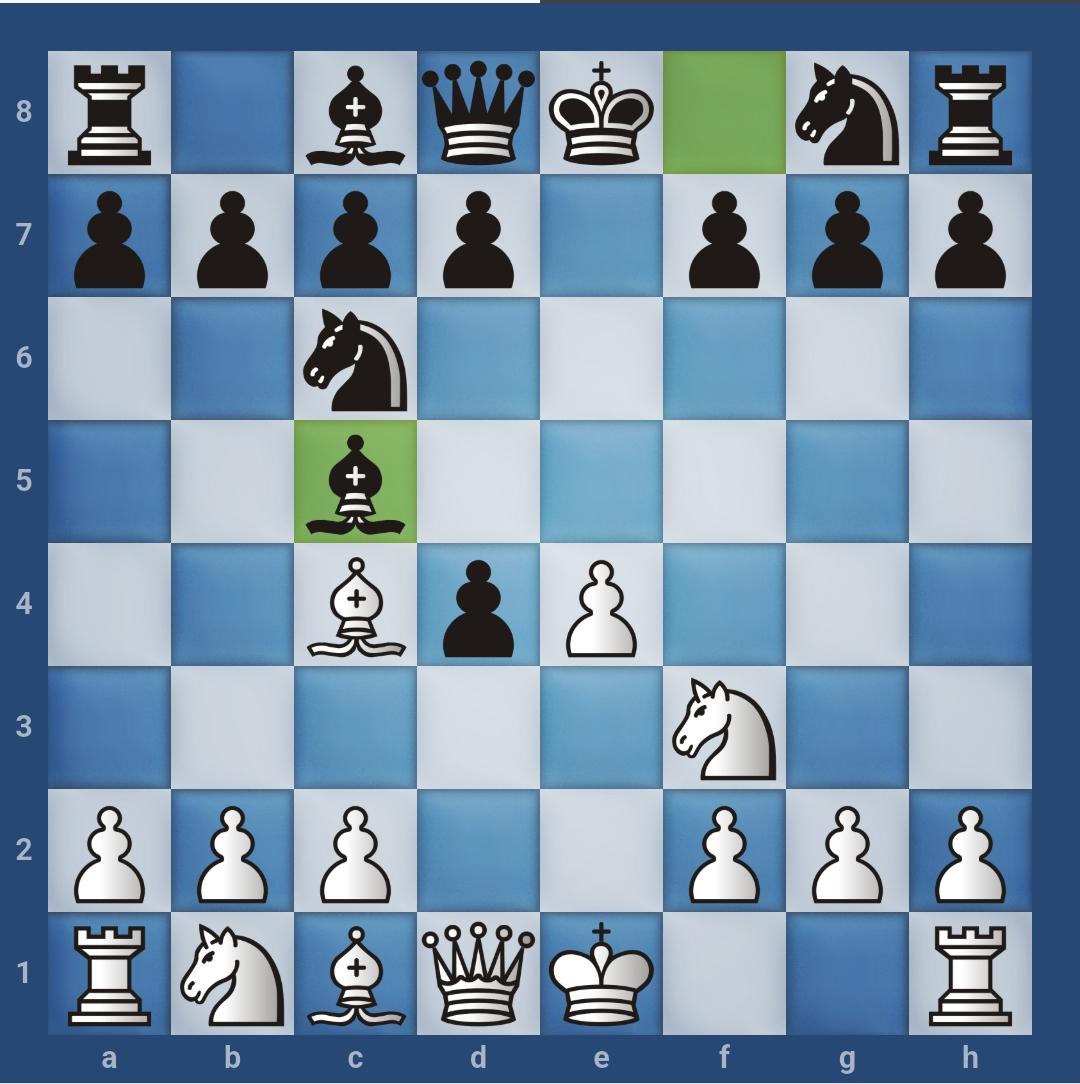
Moves Leading into the Trap
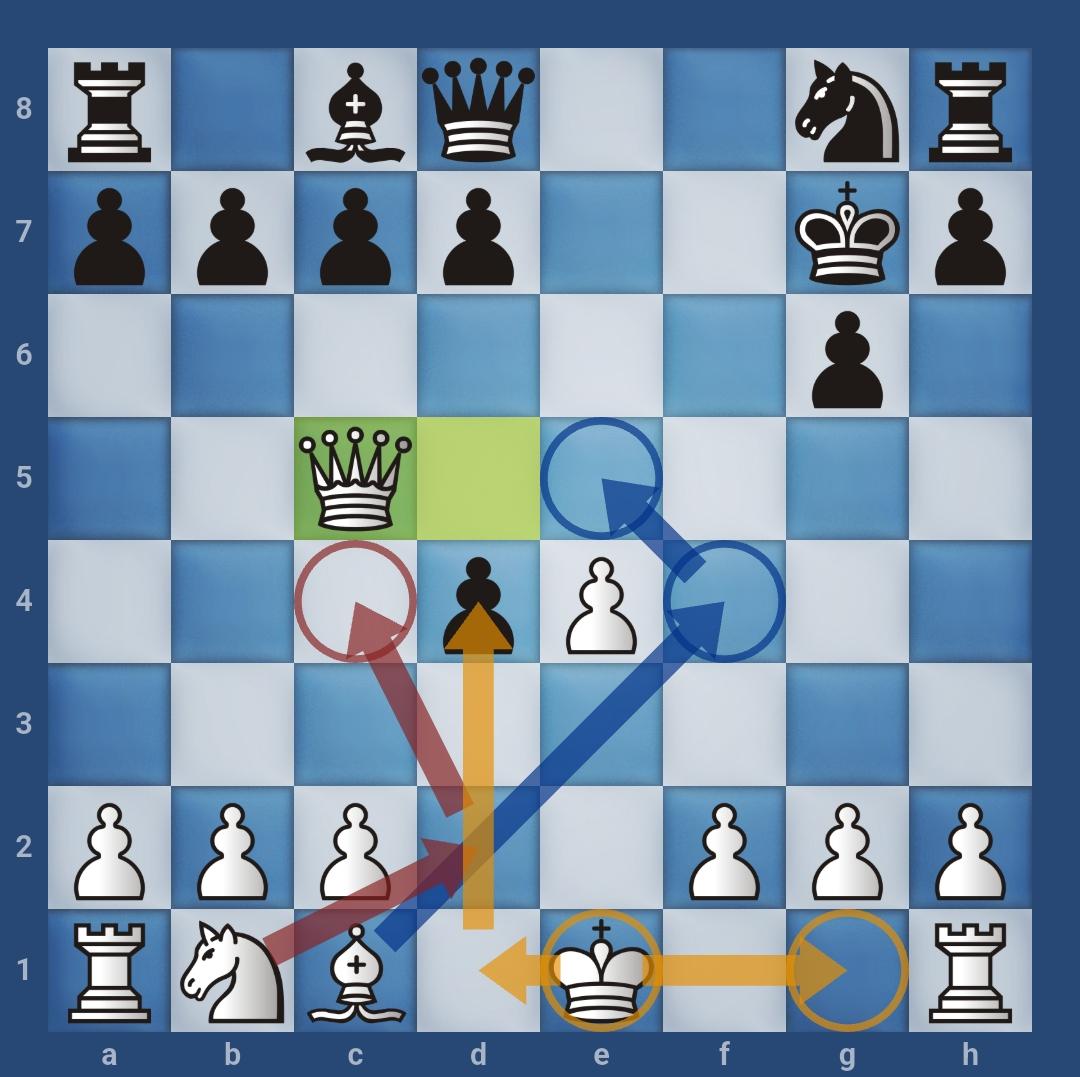
In this variation, White wins back his material as the Bishop on C5 remains undefended, and the black king has also lost castling rights.
White should note that other variations of the Scotch Gambit are possible, including lines with …Nf6, …d6, or …Bb4+, each offering unique tactical possibilities for both sides.
However, the central theme remains the same — rapid development, open lines, and punishing any delay in king safety.
This trap remains a timeless reminder that in sharp openings, one greedy capture can unravel even the most logical-looking position.
Why This Trap Works
- Initiative over Material: In the Scotch Gambit, speed and activity outweigh the pawn deficit; one move of carelessness can spell immediate trouble for black
Trap #3 in the Scotch Opening: Trap the Knight (Lolli Variation)
The Lolli Variation of the Scotch Opening begins after 1.e4 e5 2.Nf3 Nc6 3.d4 exd4 4.Nxd4 Nxd4. It’s a natural sequence that many players follow without realising how dangerous it can be for Black.
By capturing on d4 too early, Black allows White to develop rapidly — and with one careless move, the f6-knight can be completely trapped.
Move Leading into the Trap
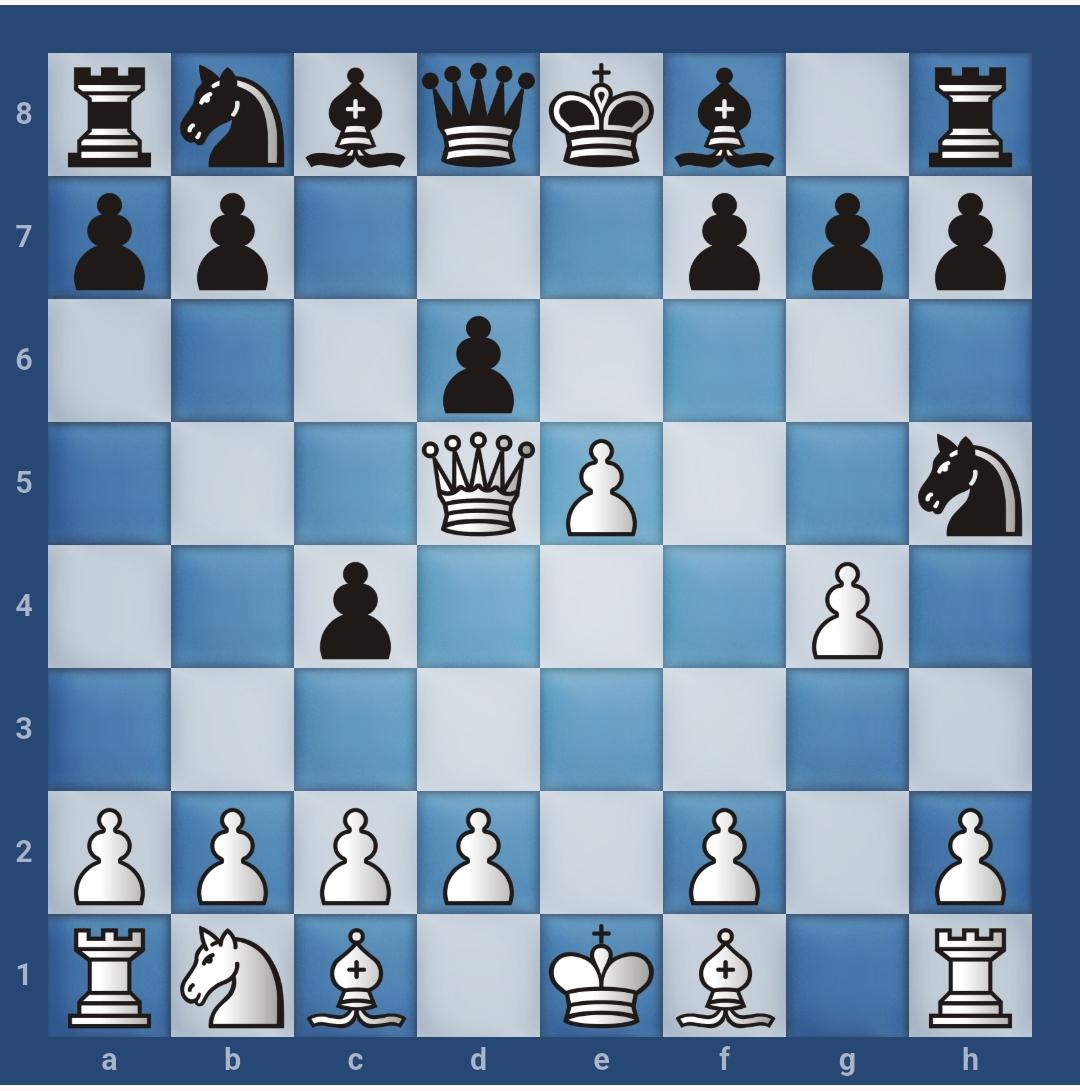
The knight has nowhere safe to go; it’s completely trapped. White enjoys a massive lead in development, open lines, and a lasting initiative.
This Knight trap line is a classic lesson in respecting tempo and coordination. It shows how a single misplaced piece (even early in the game) can lead to a tactical catastrophe.
Why This Trap Works
- Ignoring Development: The move …Nf6?? Looks logical, but it violates timing — Black’s pieces aren’t ready for counterplay yet.
- Overextension Punished: The push e5! drives the knight into a corner, and g4! seals its fate.
- Strong Centre Control: White’s central pawns dominate the board, and the open g- and d-files ensure a long-term attacking advantage.
How to Avoid Falling into Traps in the Scotch Opening
The Scotch Opening often leads to sharp, open positions where tactical play emerges early. While these lines can be rewarding, they also punish careless play.
To stay out of danger and handle the opening confidently, remember:
- Know the Typical Setups: Take the time to learn the key lines — especially the main Scotch, Scotch Gambit, and Lolli variations. Recognising the usual piece placements and important tactical motifs will help you sense when something looks “off.”
- Think Twice Before Capturing: The Scotch is filled with tempting pawns that are often poisoned. Always calculate before taking in the centre; one greedy move can open lines toward your king.
- Develop First, Attack Later: Early piece activity and king safety are worth more than an extra pawn. Rushing into exchanges or side attacks too soon usually helps your opponent.
- Stay Alert for Hidden Tactics: Typical ideas, such as Bxf7+, Qd5+, and Bb5+, can spring up. When your opponent makes a forcing move, pause and check for discovered attacks or double threats.
With patience and awareness, you’ll avoid the common traps of the Scotch — and perhaps even set a few of your own.
Conclusion
The Scotch Opening is a fascinating battleground where sound principles and sharp tactics meet.
From the simple piece-winning ideas of the early main line to the explosive attacks of the Scotch Gambit, each trap teaches players a practical lesson. Learning about coordination, calculation, and king safety is essential for all players of Scotch.
Whether you play it as White to seize the initiative or face it as Black, understanding these ideas and traps gives you a serious edge. Study the themes, respect development, and the next time someone stumbles into a Scotch trap, you will be well prepared.
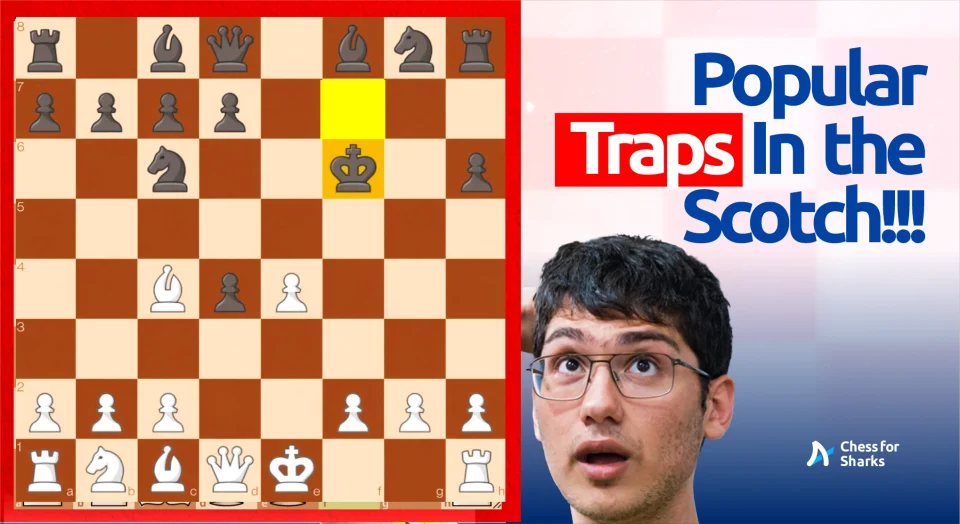


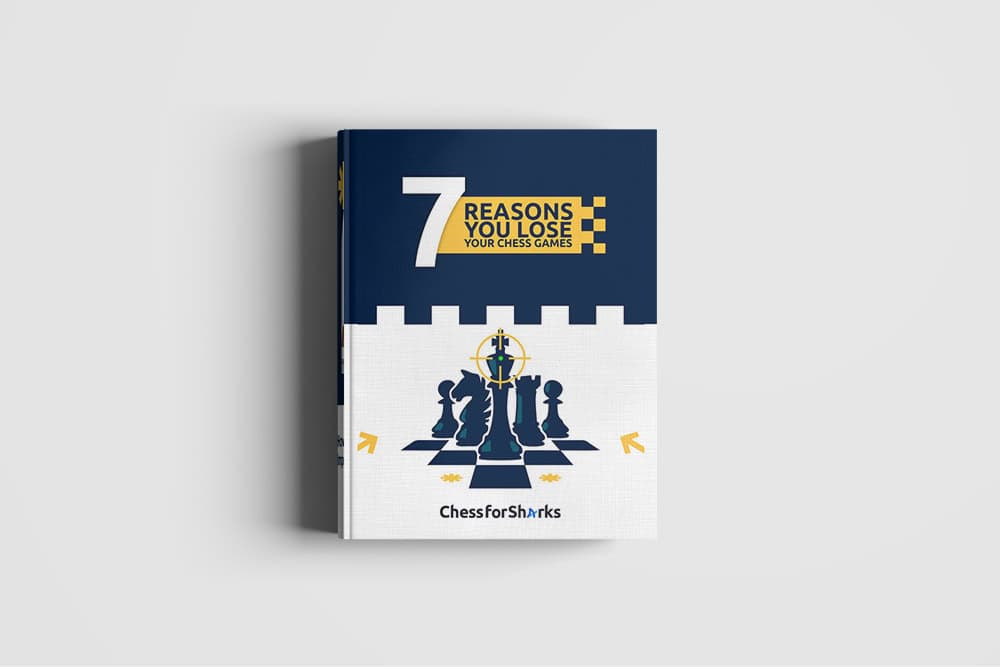

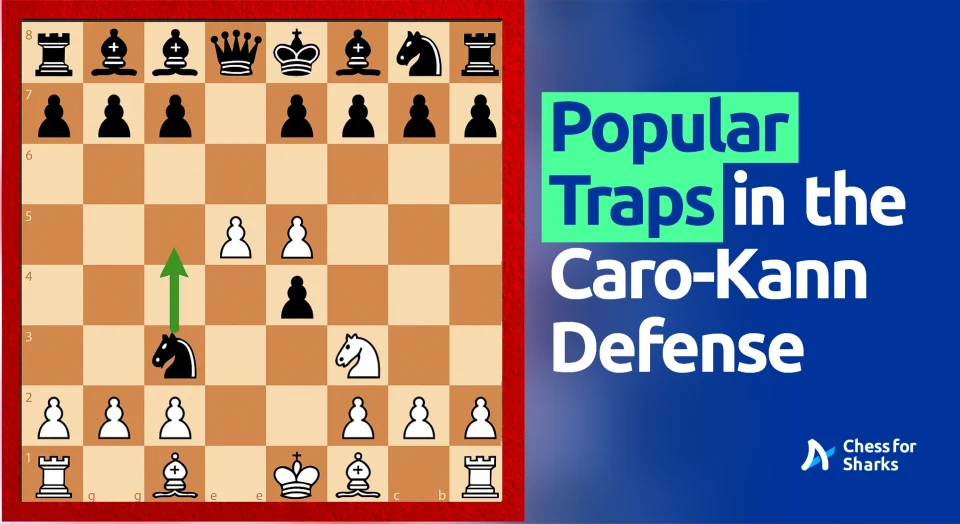
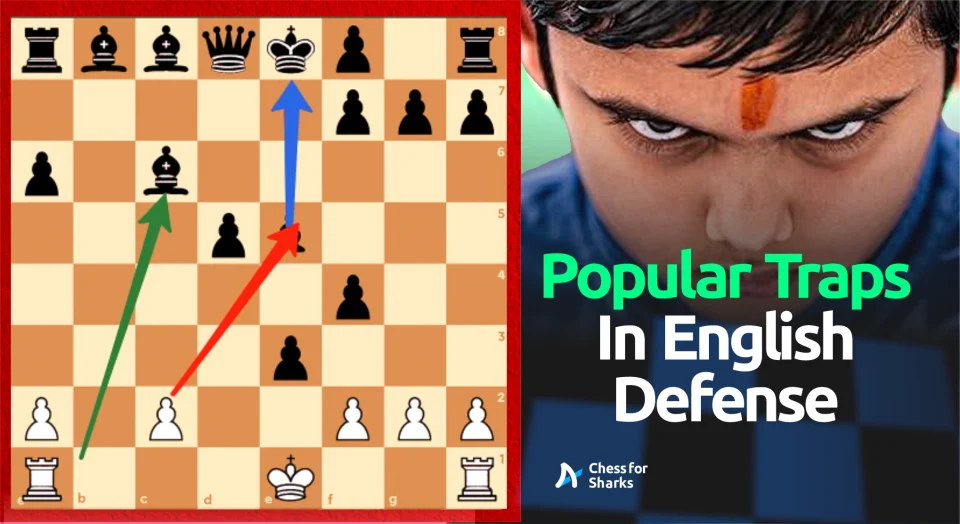
join the conversation